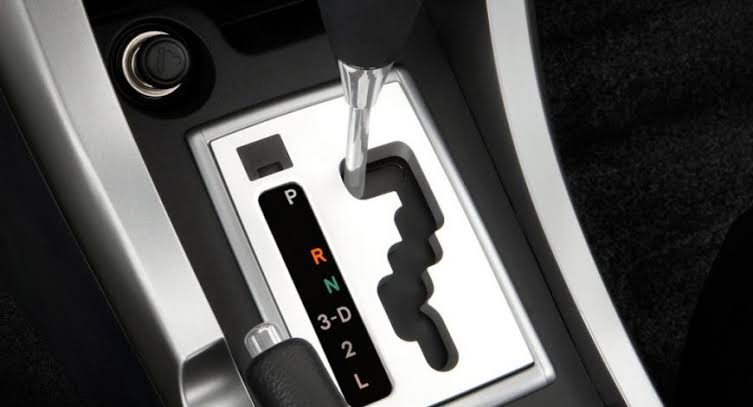If you drive an automatic transmission vehicle, you will notice it comes with a set of letter selectors–P, R, N and D, which means what the letters signify–Park, Reverse, Neutral and Drive respectively. But looking further down, you will also see–L, 2, D2, and D3 depending on the type of car you are driving. Many drivers rarely concern themselves with what these selections mean, but they can come very handy sometimes. These selections are drive modes you use on specific road situations. But what do they mean and when do you use them?
Most automatic transmissions also allow you to manually select one or more lower gears, such as Low (L), 1st (1) and 2nd (2). In the case of L and 1, the transmission will stay in the lowest gear and not shift on its own. That allows maximum power when you need it, such as on a steep hill, but greatly limits your speed. Some automatic transmissions will shift out of 1st once you reach a certain speed, such as 30 mph, to prevent damage to the transmission or engine, or cut power to the engine. And with others, if you select 2, the transmission starts in 2nd gear and is locked in that gear. This is useful when starting out on slippery surfaces or for engine braking when descending a steep hill.
 Spot Dem Everything About Cars
Spot Dem Everything About Cars






